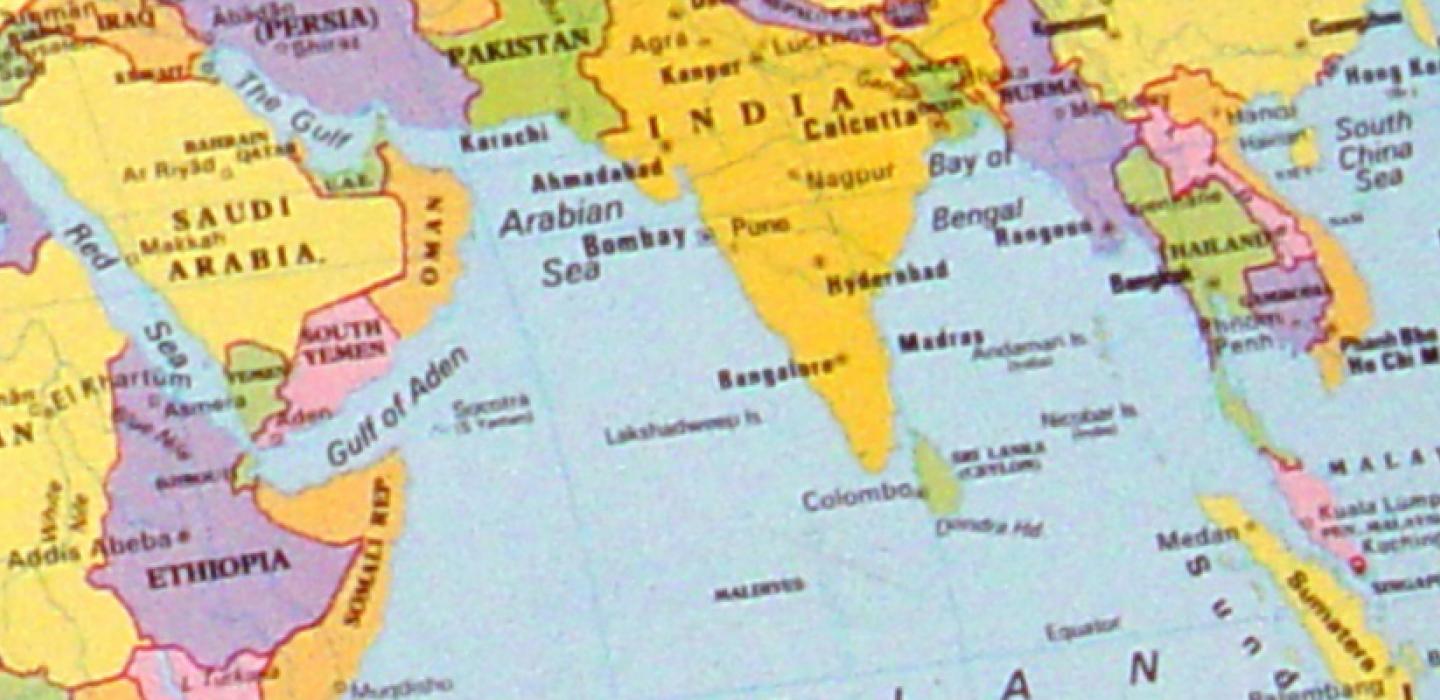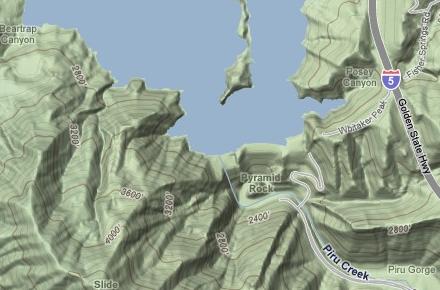About Program
Program Purpose: Students who complete Geography courses will examine the spatial organization of physical features and human activities at a variety of spatial scales from local to global. Students will be able to locate features on the surface of the Earth, explain why they are located where they are, and describe how places are similar and/or different. Students will also examine human interactions with the environment and describe how physical and cultural landscapes change through time. Students completing physical geography courses will be able to describe the processes that drive Earth’s climate, create landforms, and govern the distribution of plants and animals. Students completing human geography will analyze and describe cultural phenomenon such as population, development, agriculture, language and religion. Students who complete Geographic Information Systems courses will be able to utilize GIS mapping and data management software to store, retrieve, manipulate, analyze and display spatial data for use in supporting decision making and resource management.
Program Description: Geography is a dynamic discipline that it is concerned with where things are located on the surface of the Earth, why they are located where they are, and how places are similar and/or different. Geographers further examine our interactions with the environment and how physical and cultural landscapes change through time. There are two main branches of geography: physical geography, which focuses on the processes that drive Earth’s climate, create landforms, and govern the distribution of plants and animals; and human geography, which focuses on cultural phenomenon such as population, development, agriculture, language and religion. In addition to these main branches, Geographic Information Systems (GIS) is an integrating technology of various geospatial technologies (including digital mapping, spatial database management, remote sensing imagery, global positioning systems and route finding) that utilize cartographic, geographic, and discipline specific techniques and knowledge to support decision making and analysis in a wide array of career fields. Geography students are trained to examine the spatial organization of physical features and human activities at a variety of spatial scales from local to global. A background in geography is a necessity for careers involving business, economics, planning, education, history, international relations, cartography, conservation, GIS, demography, transportation, tourism and others.
Geography as a discipline can be split broadly into two main sub fields: human geography and physical geography. The former focuses largely on the built environment and how space is created, viewed and managed by humans as well as the influence humans have on the space they occupy. The latter examines the natural environment and how the climate, vegetation & life, soil, water and landforms are produced and interact. In addition to courses in human and physical geography, the Geography program at Ventura College offers classes in mapping and Geographic Information Systems (GIS).
Links:
Faculty
Department Chair: Steve Palladino
GIS and ESRM Lead Faculty: Steve Palladino



